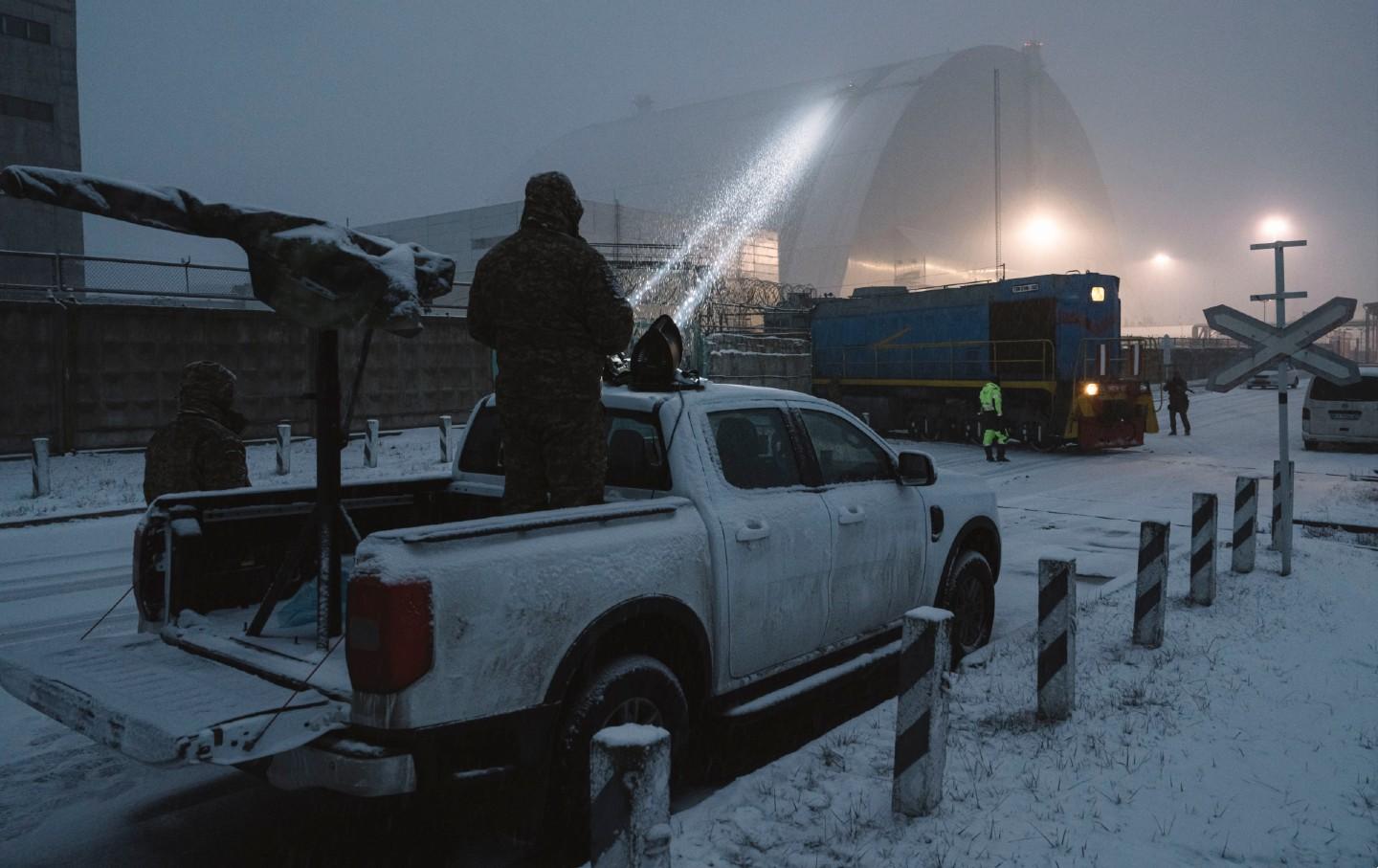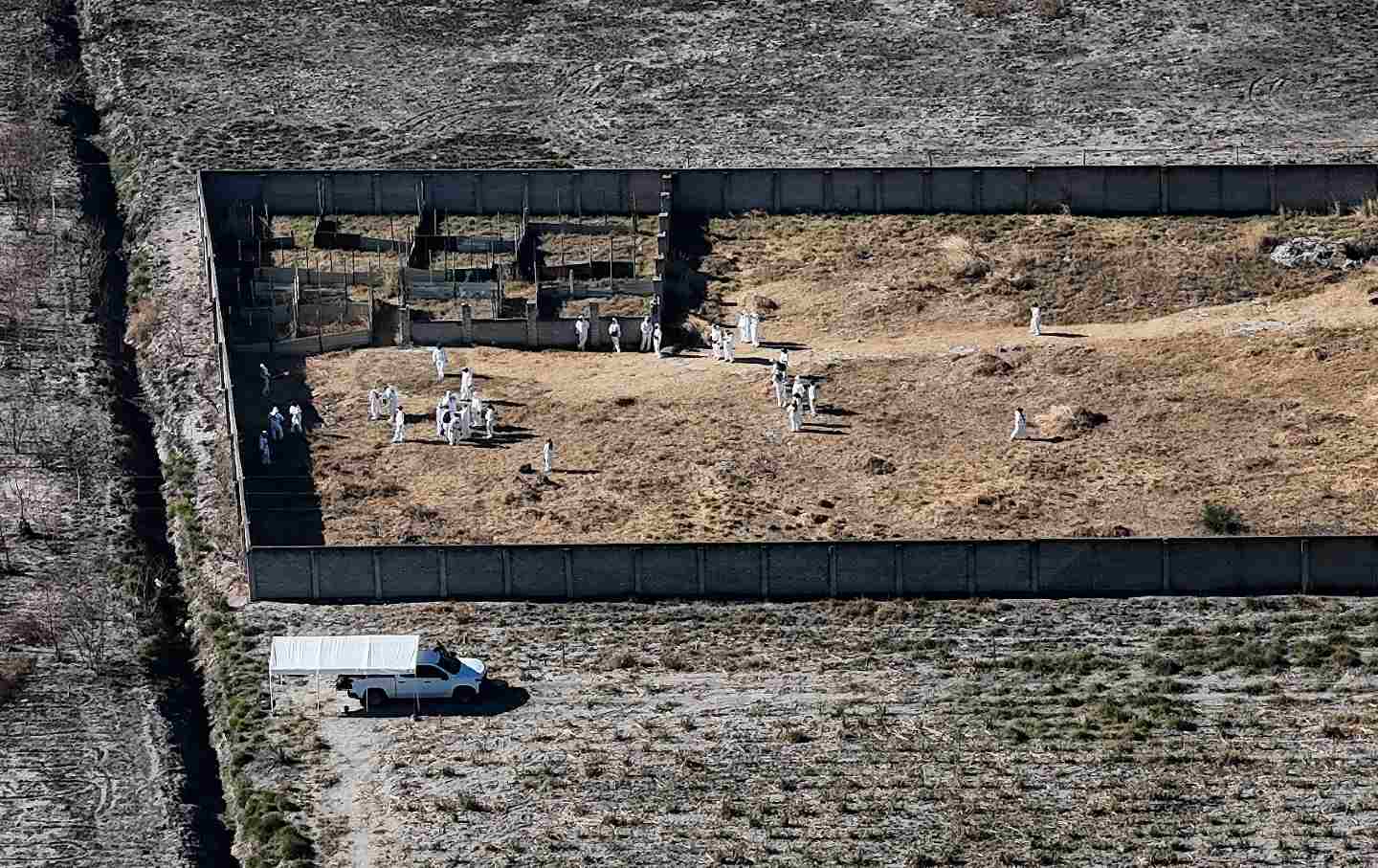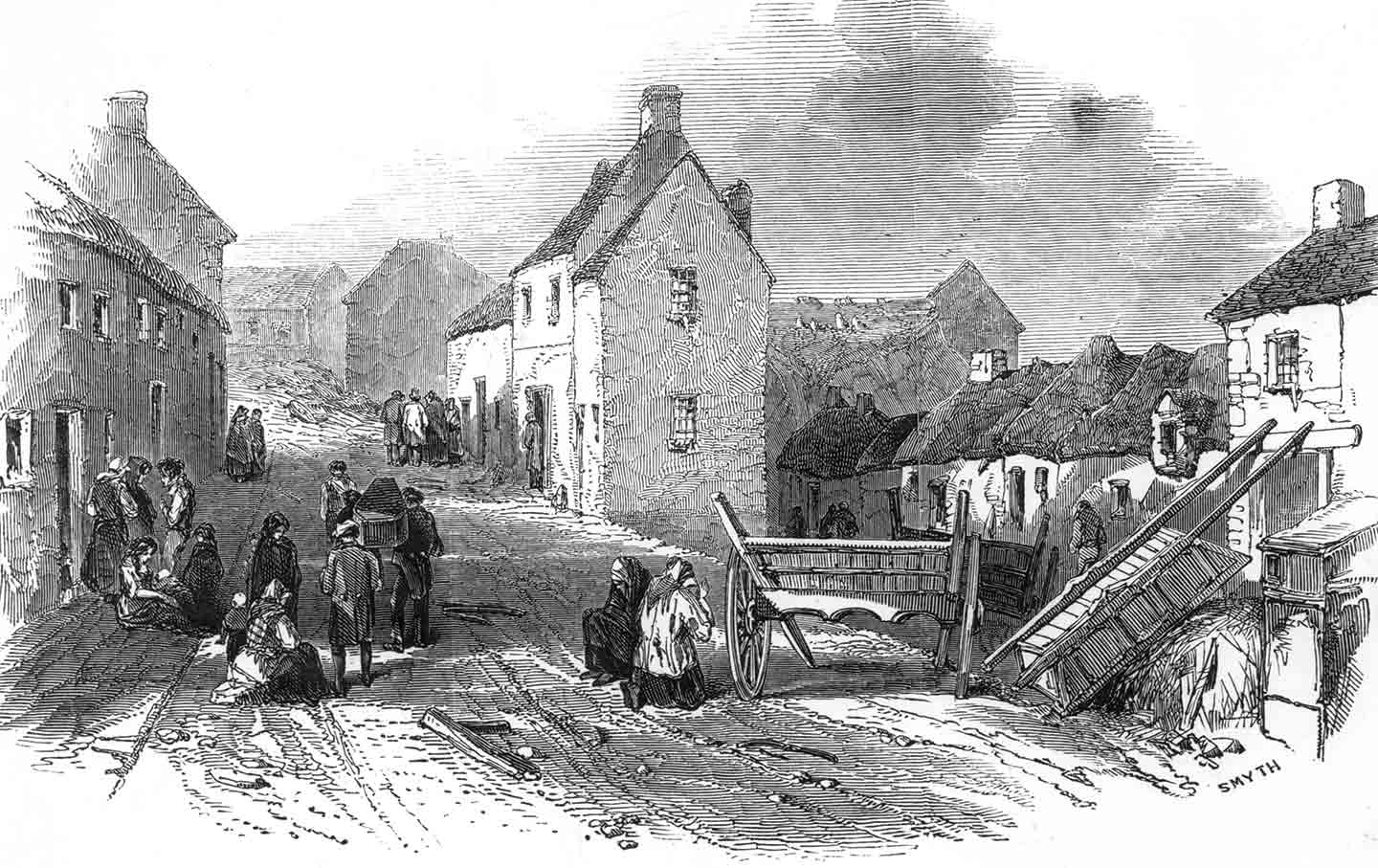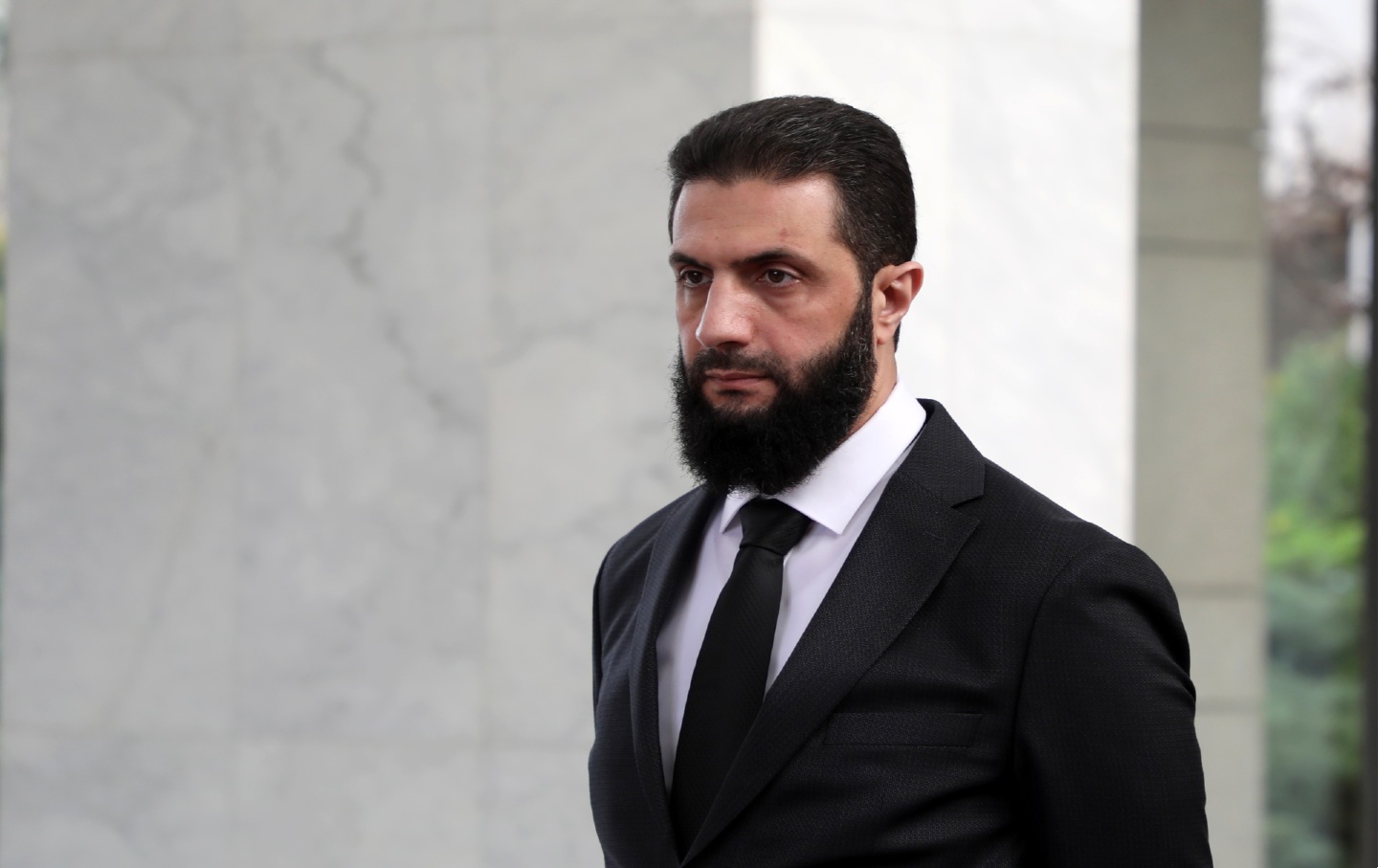Sednaya Prison and the CIA
Coverage of Syria’s prisons overlooks their decades-long use as key destinations for extraordinary rendition, where terror suspects were sent for brutal interrogations.

As rebel forces poured into Syria’s capital and President Bashar al-Assad fled to Russia, Syrians surged to the streets to celebrate. Some rushed to Sednaya, the military prison they tagged “the human slaughterhouse” to search for missing family. Sadly, few were found. According to the Syrian Network for Human Rights, more than 30,000 people died there from 2011 to 2013 “either by execution, torture or starvation” and “at least 500 more died from 2018 to 2021.” Other disappeared earlier, since Syria’s prisons perfected their torture tactics over decades.
However, the global coverage about Syria’s prisons overlooks their role 20 years ago as one of the go-to places for the US to send terror suspects to be interrogated.
Ignored in the ignominious details of horrific torture is the rather nasty fact that even before 9/11, as the US hunted for terrorists, the CIA launched “extraordinary rendition”—an ingenious scheme to interrogate “high-value” suspects outside the country and thus avoid US laws on torture. The first suspects were taken to Egypt as early as in the mid-1990s and the program continued until 2007.
How many did the CIA render? A 2014 Senate Intelligence Committee report noted that exact numbers can’t be known because “then-CIA director, Michal Hayden, repeatedly gave the Committee misleading information, from the effectiveness of waterboarding to the number of detainees the CIA was holding.”
But according to a December 26, 2002, Washington Post article, “thousands were arrested and held with US assistance in countries known for brutal treatment of prisoners.”
In 2004, former CIA agent Robert Baer told the New Statesman, that “conceptually, the practice is a rendition to torture. If you wanted a serious interrogation, you send a prisoner to Jordan. If you want them to be tortured, you send them to Syria. If you want someone to disappear, Egypt.”
Sednaya survivors tell horrific tales: they were sodomized with swords, suspended in shackles from cages, beaten with iron rods, kept naked in freezing cells the size of coffins, forced to kill cellmates and starved. Some say their genitals were subject to electric shocks. A former inmate said prisoners were also forced into cannibalism.
Their torturers demanded they confess to crimes, after which they were executed (mainly hanged).
Here’s how rendition worked. The CIA created lists of suspects it sought and hired small airlines (with unmarked planes) to fly its agents to grab them. Once they collected their human cargo, they were flown to allies the US knew had zero qualms about interrogation techniques.
Besides Syria, the CIA dispatched suspects to Egypt, Uzbekistan, Morocco, Algeria, Jordan, Pakistan, Poland, Thailand and Romania. The CIA wasn’t particularly picky about where. As an October 13, 2006, Time Magazine article noted, “with deep political mistrust between Syria and the United States, the two countries are hardly ready-made partners in the war on terrorism.” But the CIA wanted the job done and knew who would do it.
For their help, obliging countries were handsomely rewarded. The Senate report stated that “the CIA provided millions of dollars in cash payments to foreign government officials to host secret CIA detention sites.” How much and to whom? Hard to know, since the Report redacted the names and numbers. However, a former CIA agent said “they got weapons, spy cameras, even vision goggles. They got whatever they wanted.”
The flights were documented by Amnesty International and the Council of Europe Parliamentary Assembly on Human Rights in 2006.
Why such convoluted carryings-on? Because torture is not allowed on US soil, the CIA needed to farm it out. According to a March 17, 2005, Washington Post article, an unnamed US official admitted “they say they are not abusing them and that satisfies the legal requirement. But we all know they do.”
To clarify US procedures, White House lawyer John Yoo wrote in August 2002 what has been called the “torture memo,” stating what the CIA could do with suspects. George Tenet and Michael Hayden, CIA directors from 2002 to 2007 approved the memo, and Vice President Dick Cheney had overall authority for counter-terrorism activities.
The decision to launch the rendition program was made by senior CIA officials in the counter-terrorism unit, the largest unit in the Agency, headed by John Brennan.
The former CIA agent said “no one at any level of government was willing to stop this.”
The case of Maher Arar, a telecommunications engineer, is instructive. A Syrian-born Canadian citizen returning home from a visit to Tunis, Arar was snatched by US agents at JFK airport on September 26, 2002. Acting on intelligence from the Canadian police that Arar might be an al-Qaeda operative, the agents questioned him for 12 days, denied him a lawyer and flew him secretly to Syria.
Over the next 10 months, Syrian interrogators tortured Arar, forcing him to confess to being trained in Afghanistan (although he’d never been there). In October 2003, Syria released him without filing charges.
Syria’s ambassador to the US, Imad Moustapha, told a 2004 CBS 60 Minutes interviewer “we did our investigations. We traced links. We tried to find anything. We couldn’t.” He added that “we always share information… with the United States.”
Arar was then returned to Canada and according to a February 19, 2012, Guardian article “cleared him of any links to terrorism….But the US government, first under Bush and now under Obama, refuses to discuss the matter, let alone apologize.”
Not surprisingly, the US has consistently denied it engaged in torture. In December 2005, Secretary of State Condoleezza Rice said, “The US does not permit or condone torture or transport detainees from one country to another for the purpose of torture..…where appropriate, the US seeks assurances that transferred persons will not be tortured.”
The US Department of Justice withdrew the Yoo memo in 2004. However, the practice continued into 2007.
Arthur Schlesinger Jr., the American historian, educator, advisor to JFK and public official, said “no position taken has done more damage to the American reputation in the world—ever—than Bush’s torture policy.”








